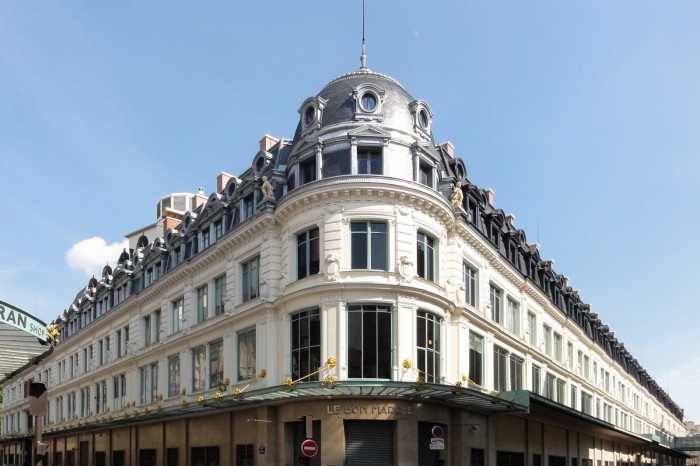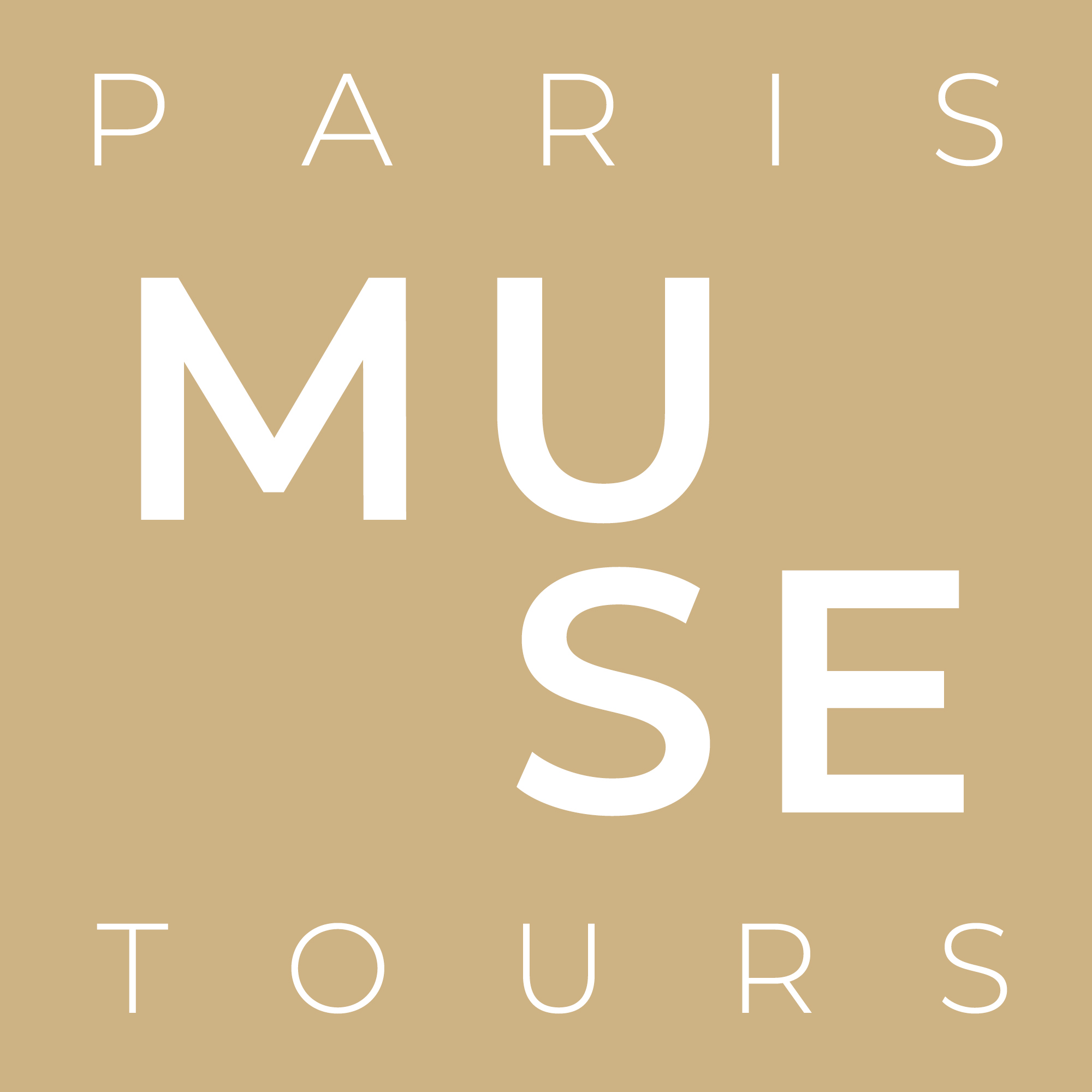In this installment of talking with Muses, we sit down with Mary Johnson (above) who tells about her passion for modern architecture in Paris.
Mary has been leading tours for Paris Muse since the summer of 2006.
Mary, tell us about your work as a curator/lead docent of one of the most iconic structures in Paris, the Maison de Verre.
I had an opportunity to live in the Maison de Verre for almost four years which gave me a more intimate understanding of the house, revealing how changing perceptions of the body in medicine and mechanization in the late 19th century influenced modern architecture. The house was built between the two world wars by Pierre Chareau for the gynecologist Dr. Dalsace and his wife. My research explores concepts of private and public spheres in architecture, specifically through the development of the flush toilet.
Why do you think Paris was a center for architectural innovation in the 20th century?
The German philosopher Walter Benjamin referred to Paris as the “Capital City of the 19th century.” After the French Revolution, a strong middle class emerged, encouraging commerce and the development of covered arcades. This culminated with the department stores, the first of which was the Bon Marché. The Industrial Revolution in turn sparked large urban migrations, and with it the spread of disease, which drove in part Baron Haussmann’s radical modernization of the city from 1852-70. I explore all this in our walking tour “The History of Chic” (tour currently unavailable). Towards the end of the 19th century, the Art Nouveau movement embraced new technologies and materials such as glass and steel, but rejected the rationalism of the new industrial world in favor of an age-old source of inspiration: nature.

Do you think Paris still is a capital for architecture ? What are some of the most interesting contemporary building projects happening now?
In terms of the 21st century I would have to say no. However, that is not to say there are no interesting contemporary works in Paris by local architects. Jean Nouvel, architect of the Museé du quai Branly and the Institut du Monde Arabe, is probably the most internationally renowned contemporary Parisian architect. I particularly enjoy his Fondation Cartier building despite some of its glaring functional issues. I also appreciate Edouard Francois’ Hôtel Fouquet’s Barrière, which like Jean Nouvel’s Fondation Cartier, is a witty response to Haussmanian codification.
You are pursuing a PhD in Architectural Representation and Education at the Washington-Alexandria Architecture Center of Virginia Tech. Can you tell us more about that?
My experience growing up in Zimbabwe inspired my dissertation topic, “L’Art de Vivre Moderne in the Toilet Rooms of the Maison de Verre.” When I moved to the United States I experienced a cultural reversal of the idea that the collective takes precedence over the individual, an idea I was brought up with. I argue that while the toilet room may be considered the most intimate room in the home, it can also be considered the most public because it is the most codified and standardized. It is where a given culture reveals what is appropriate and and what is not. The private and public realms are not separate, but rather two sides of the same coin.
Is there an overlap in your professional activities and being a docent for Paris Muse? Does doing one help you do the other?
Absolutely! While I began my career as a practicing architect, teaching revealed to me that I was my father’s daughter: a storyteller. My father is a professor in the fine arts and education, a political cartoonist and an ordained minister, but always called himself a storyteller. If architecture, as Victor Hugo said, is the greatest book of humanity, then what better way to tell stories than through architecture? Paris Muse provides for me the opportunity to share my passion for all the arts and their histories. Memory is the essence of humanity, and as I always say to my students of architecture, how can we begin to project into the future if we have no understanding of the past?
View the slideshow of the Maison de Verre and Mary’s architectural muses in Paris:
[rev_slider paris_architecture ]





